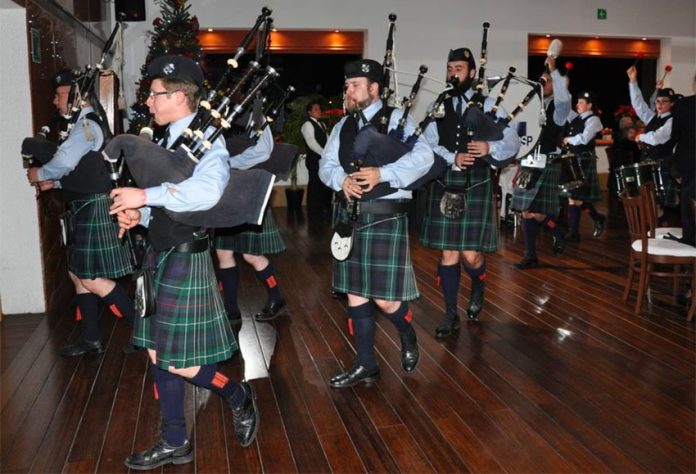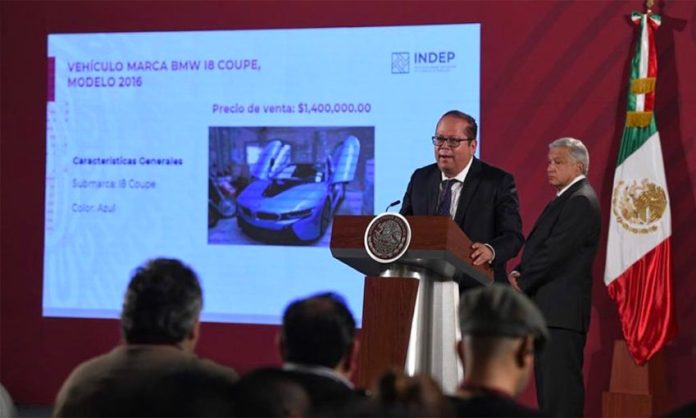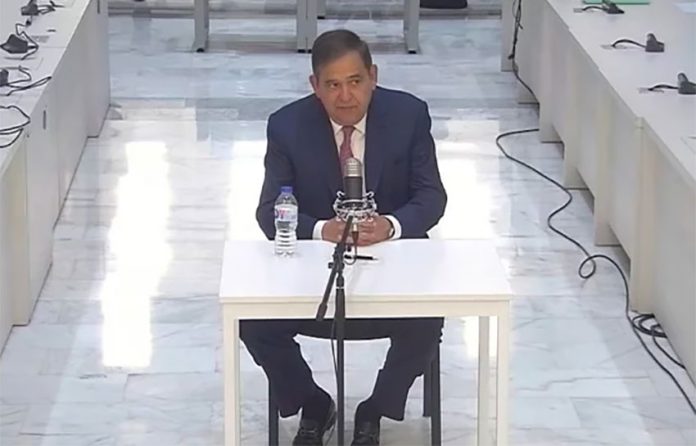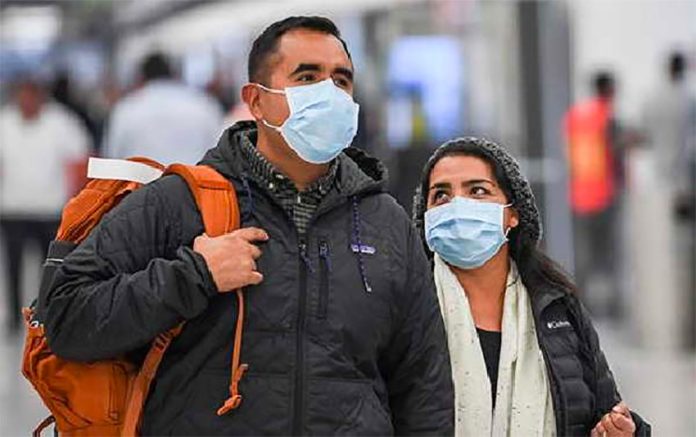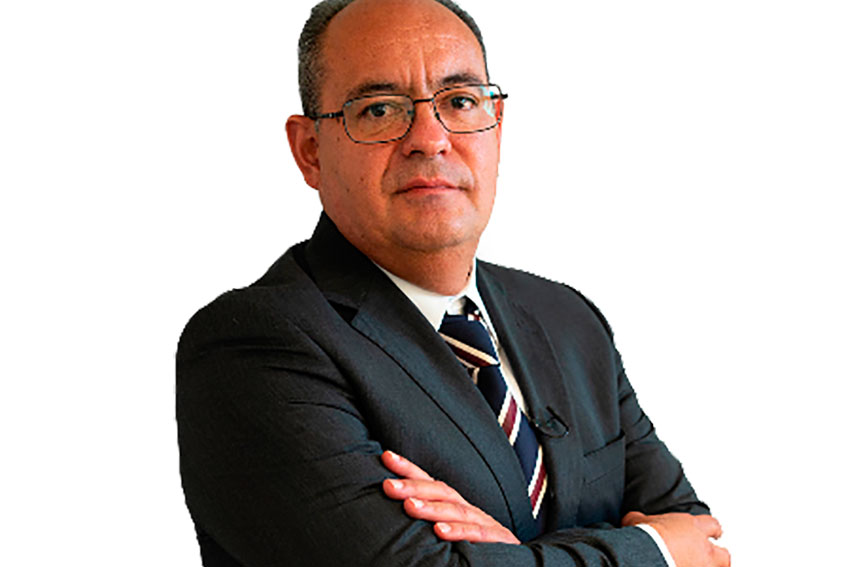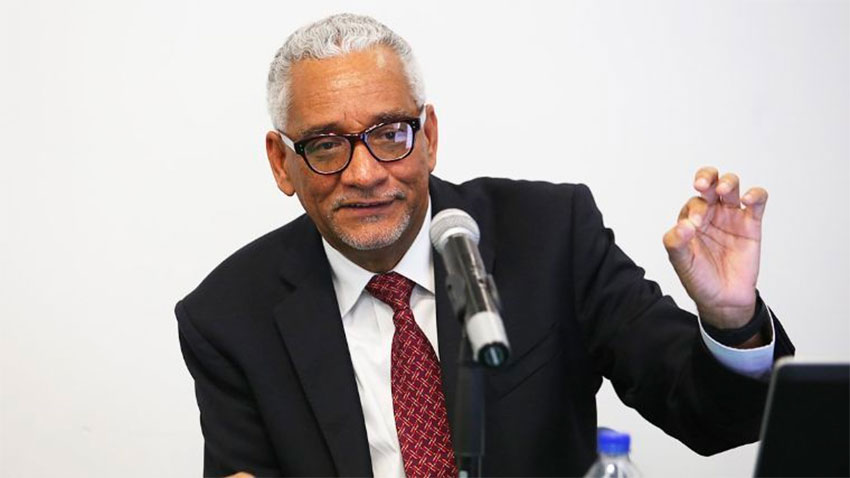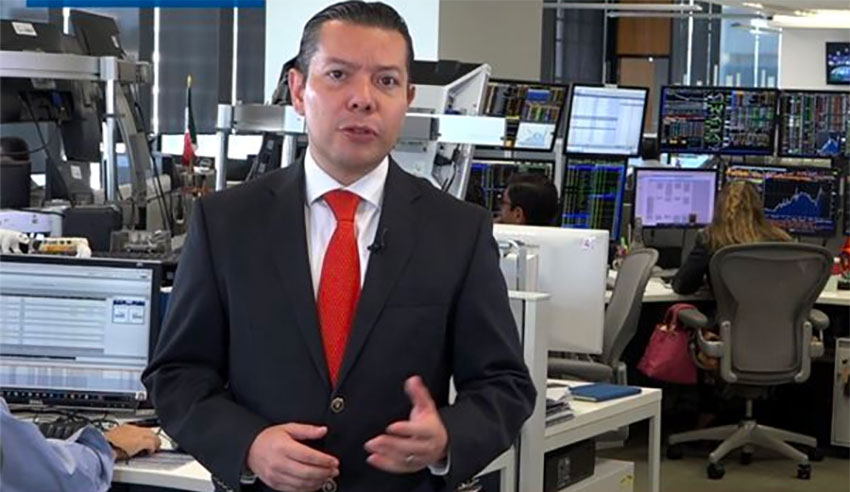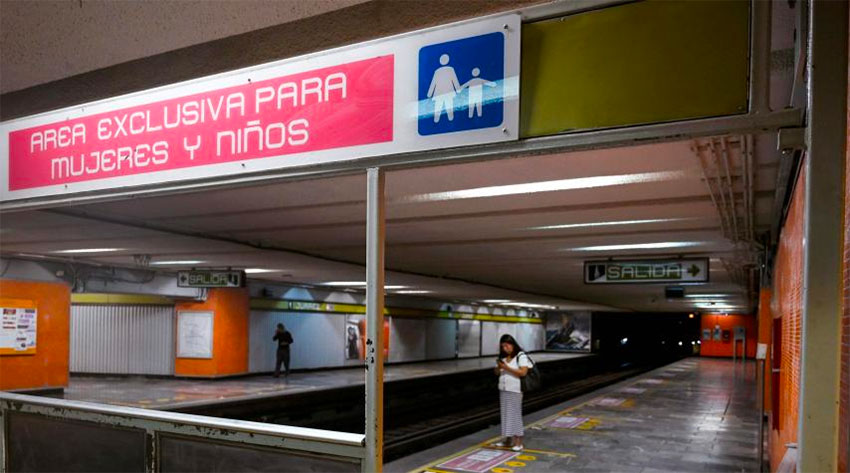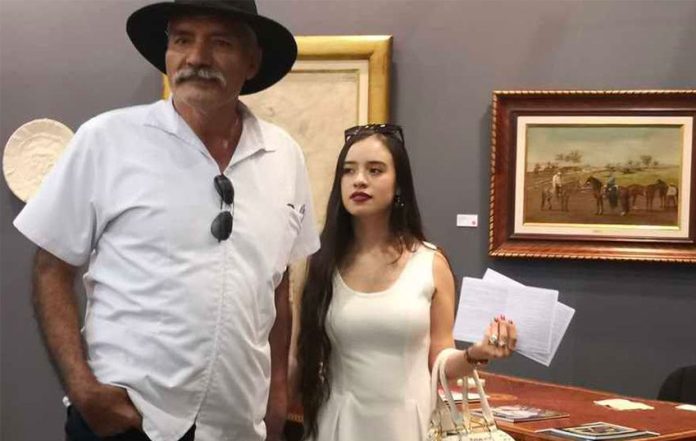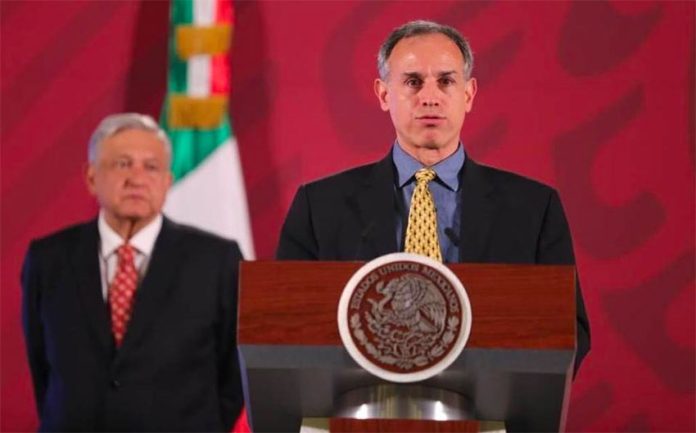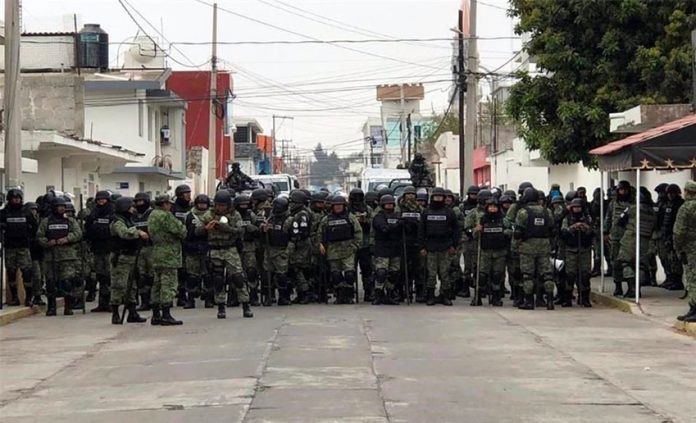One can be forgiven for thinking that a Saint Patrick’s Day parade held in Mexico City is just a kind of marketing gimmick, especially when sponsored by the McCarthy’s Irish Pub chain. But while marketing certainly plays a role, there is more interest in Irish/Scottish culture among Mexicans than one would suspect.
In 1997, Mexico City’s first bagpipe band, the Banda de Gaitas del Batallón de San Patricio, was officially formed on the 150th anniversary of the fall of the Saint Patrick Battalion on August 20, 1847. The battalion was made up of Irish and Scottish soldiers who came to Mexico City with the United States Army during the Mexican-American War.
Deciding the American side was unjust, they switched sides at the Churubusco Fort in the south of the city. When the fort fell, the battalion’s surviving members were executed as traitors.
Their story does not make it into U.S. history books, but they have not been forgotten in Mexico.
The San Patricio band was formed by Rafael Gutiérrez who was fascinated by the story, Irish/Scottish culture and, of course, bagpipes. He even went to Scotland to learn all he could there.

The group has 15 members and plays on the first Sunday of every month at the Churubusco Fort. They regularly play at festivals and other events in various parts of Mexico and even abroad. They performed on Saint Patrick’s Day in Dublin in 2015, and on Mexican Independence Day in Los Angeles in 2018.
In 2017, four members were invited to play with the Royal Edinburgh Military Tattoo. In 2018, Gutiérrez received a medal from the government of the United Kingdom for his role in promoting British culture. The band is customarily hired for weddings, quinceañeras and other events where they play both Irish/Scottish and Mexican traditional tunes.
To be a bagpipe player in Mexico requires a special kind of dedication as the instrument is still rather exotic and not easy to play. Bagpipes and uniforms are expensive and, imported from Scotland, they cost 50,000 pesos (US $2,400) or more just for the basic equipment.
Practicing is not easy either. It must be done outdoors, and even then, neighbors can complain to authorities about the racket. Gaiteros (bagpipe players) mostly practice in public areas, which draws attention. Most reactions they get are of curious amusement, especially from foreign tourists. Many take pictures and record the music, and some even drop unsolicited donations.
And yes, the men get chided for wearing “skirts.”
For a long time, the San Patricio band had been the only gaiteros in Mexico City, but interest in the instrument and Irish migration to Mexico has grown. In 2014, a second group formed called the Banda de Gaiteros de la Ciudad de México with the support of the Casa Regional de Asturias. This group focuses on teaching the instrument and researching Irish/Scottish culture in Mexico. It plays monthly at the British Chapel in Mexico City and pays homage to the fallen Saint Patrick Battalion on August 20 in San Angel.

Other Irish/Scottish performing groups in Mexico City include Banda Asociación Cultural de Galicia, the Daoine Sidhé Dance Corps and Kronos Cantus, a bagpipe band specializing in the medieval version of the instrument.
Mexico City’s Saint Patrick’s Day parade is set for March 15, 2020 at 12 p.m. It starts on the corner of Tamaulipas and Alfonso Reyes streets in the Condesa neighborhood and proceeds to Parque España.
There will also be the Da Terra Celta Cultural Festival on Sunday, March 22 at 12 p.m. at the Churubusco Fort (National Interventions Museum), featuring the San Patricio group, Daoine Sidhé and Kronos Cantus.
The San Patricio band will play at Celtics Pub in Mexico City on March 14 and 17, Celtics Pub in Querétaro on March 15, and at the National Autonomous University (UNAM) in Mexico City on March 19.
Mexico News Daily
